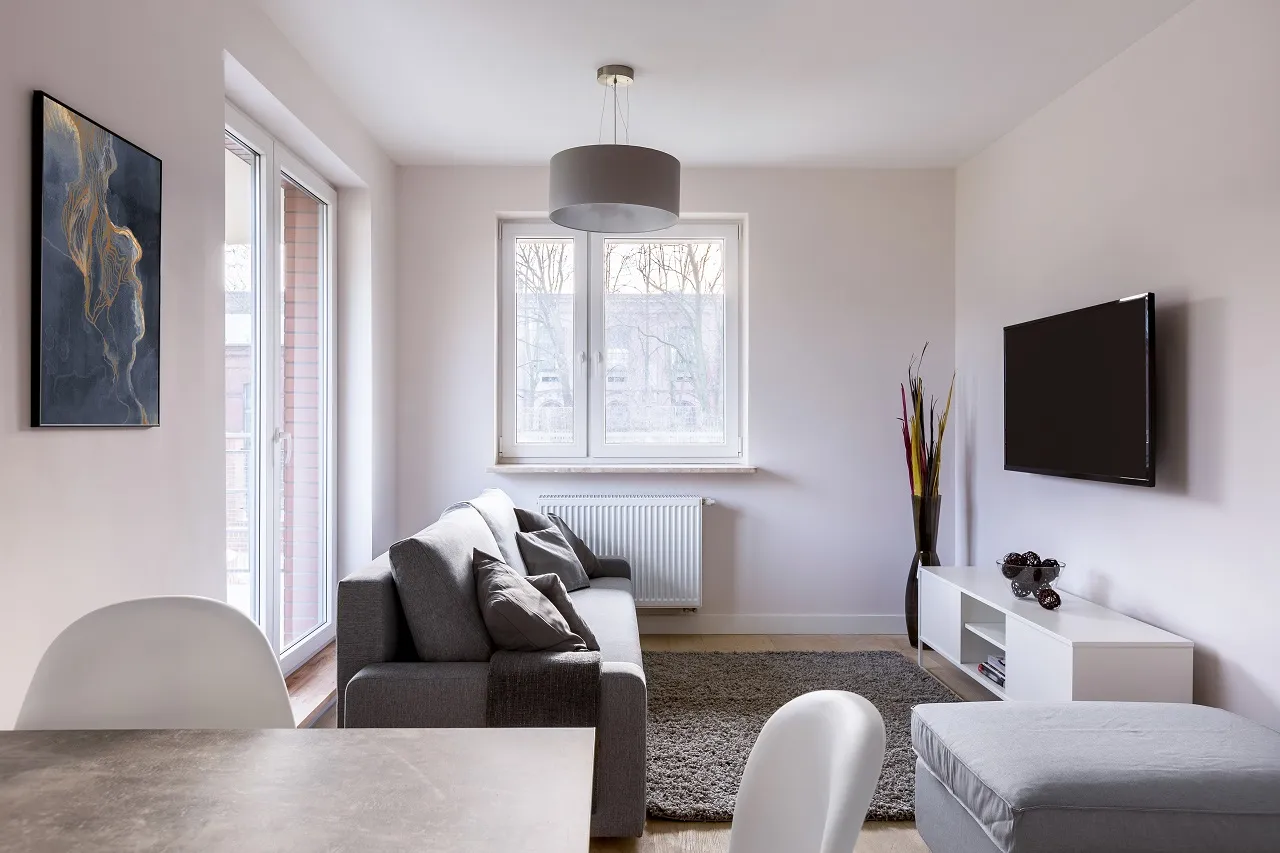It’s not your imagination—the phenomenon of “shrinkflation” is hitting everywhere, even apartments. A recent report from RentCafe indicates that new apartments are getting smaller across the country, with Seattle leading the way.
In the past 10 years, the average apartment has shrunk by 54 square feet. Seattle tops the list of tiny apartments however, with an average size of just 659 square feet. Part of the reason for this chart-topping shrinkage is that the city is host to a record-number of studio and one-bedroom apartments entering the market. Approximately 82% of new units are studios or one-bedrooms, compared to the national average of 57%.
Even Seattle’s compact studios are getting smaller, with an average square footage of 381 feet — the size of a two-car garage.
Oregon was second in the nation for small apartments, with an average size of 681 square feet, which is 9% smaller than a decade ago.
While apartments are getting smaller, rents in Seattle actually increased last month after five months of decreases. The median rent for a one-bedroom in the city was $1,545, and a two-bedroom was $1,868. That’s a .7% increase from January.
Bellevue saw modest rent increases as well, with a month-over-month increase of .8%, and year-over-year growth of .2%. That put the median rent for one-bedroom apartments at $1,965, and two-bedrooms at $2,183.
Lynnwood had the greatest rent increase in the area, with year-over-year growth of 6.5% thanks to new amenities like the light rail. There, a one-bedroom apartment is going for $1,317, and two-bedrooms are $1,684. Despite Lynnwood’s strong yearly growth, Kirkland currently tops the charts with the highest monthly rent growth of 3.2% in February. That places the median one-bedroom rent at $2,025 and two-bedrooms at $2,204.
With many aspects of the economy and mortgage rates still in flux, it’s hard to predict where rental prices will go from here. But the high demand for housing in our area does point to one likely trend: paying more rent for less space may well be a continuing reality.
This article sourced information from Seattle Met and Connect CRE.
 Facebook
Facebook
 X
X
 Pinterest
Pinterest
 Copy Link
Copy Link
